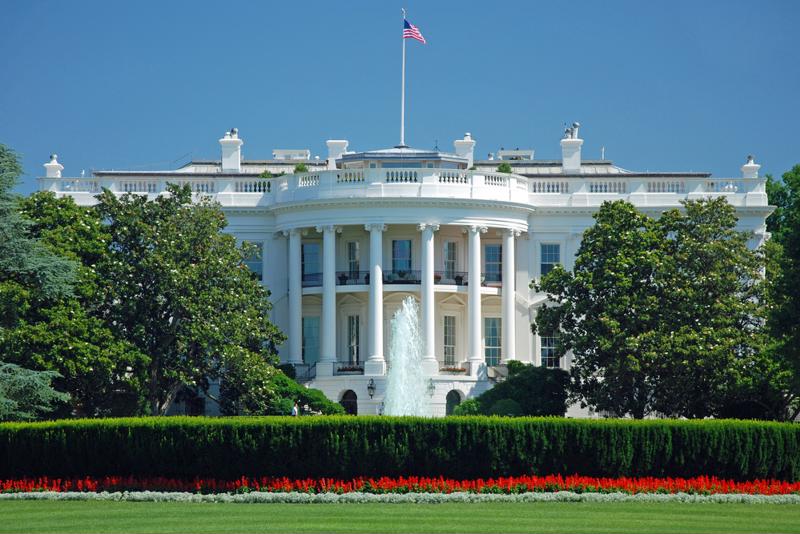
Technological shifts transform the executive branch
By Max BurkhalterMarch 1, 2017
Architects laid the White House cornerstone in 1792 at the behest of President George Washington, according to the Office of the Curator for the White House. Over the proceeding centuries other administrations added to the structure, erecting porticos and primping exterior and interior spaces to match the times and preferences of presidential residents.
However, for the longest time, the nucleus of the executive branch lagged behind from a technological standpoint. In fact, When President Barack Obama moved into the noted residency in 2009, he and his found themselves contending with laughably backward connectivity infrastructure, including more than 13 thousand pounds of unusable cable, The New York Times reported.
"They had been installed over the decades by different organizations using different standards, different techniques, from different eras," David Recordon, the former information technology director at the White House, told the newspaper. "They were finding these pipes that just had bundles of cable that had been cut off over the years, no longer used. So we just started pulling it out."
Obama, Bush administrations boost White House technology
Of course, the Obama administration did much more than remove decades-old wire. Recordon and his team installed new computers and printers and swapped the phone system, a remnant from the Clinton administration, for a newer digital solution with modern must-haves like speakerphone.
The IT director also addressed connectivity, installing new Wi-Fi to accommodate staff members with smartphones, tablets and other wireless devices. This new connectivity supported live streaming, something President Obama and his administration used regularly, especially in the last years of his presidency.
President Obama was not the only executor to improve technology in the White House. His predecessor President George W. Bush was responsible for updating the Situation Room in 2006, according to the National Archives and Records Administration. The Bush administration expanded the space and added more modern technological features. Bush also equipped the White House with photovoltaic panels to diversify on-site energy output options, The Atlantic reported.

Obama and Bush successfully brought the White House into the 21st century, but more work is still required, especially in light of increases in cybercrime.
White House technology under President Trump
Even so, some are skeptical about whether the new administration under President Donald Trump will continue the modernization efforts begun by his predecessors. The president is known to favor more traditional in-house communication methods and has expressed doubt about computers and connected devices, The Associated Press reported.
"It's very important, if you have something really important, write it out and have it delivered by courier, the old-fashioned way because I'll tell you what, no computer is safe," he told the wire service last month.
Indeed, those close to Trump say he rarely uses computers or the internet, and prefers taking notes in ledgers. However, he is an avid social media user. The president regularly connects with the more than 25 million users who follow him on Twitter, framing the platform as a tool for passing over media outlets and speaking to citizens directly.
"Absolutely, you're going to see Twitter," White House Press Secretary Sean Spicer told the publication shortly before Inauguration Day.
Trump has followed through on the secretary's promise and published dozens of Tweets since taking office. While the president may skew toward more traditional channels, his passion for social media may necessitate some technological upgrades. Additionally, like past executive branch leaders, Trump is dealing with various technical hiccups.
For instance, during a telephone press briefing earlier in the month, reporters suffered through static and music while members of the National Security Council discussed foreign policy issues, The Hill reported. Of course, this is to be expected in a structure that has existed since the first president took office.
Here at Perle, we provide cutting-edge connectivity technologies to entities across myriad sectors, including government agencies like the Departments of Defense, Energy and Justice. We also support key private partners like defense contractor Lockheed Martin.
Contact us today to learn more about our terminal servers, media converters and serial cards.



